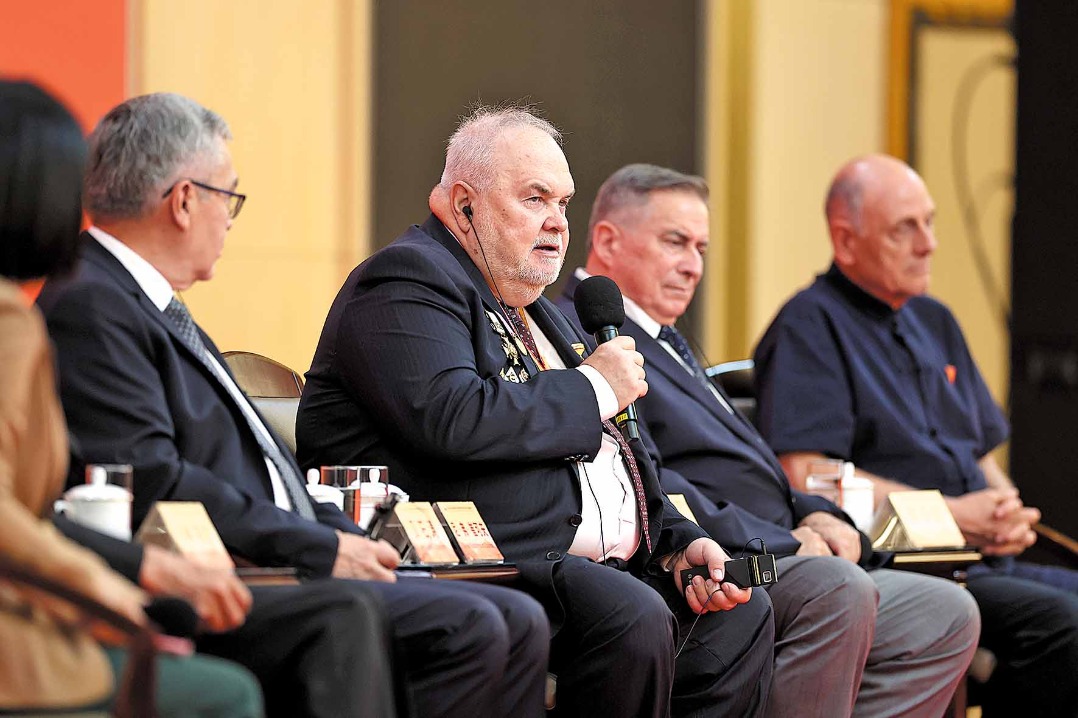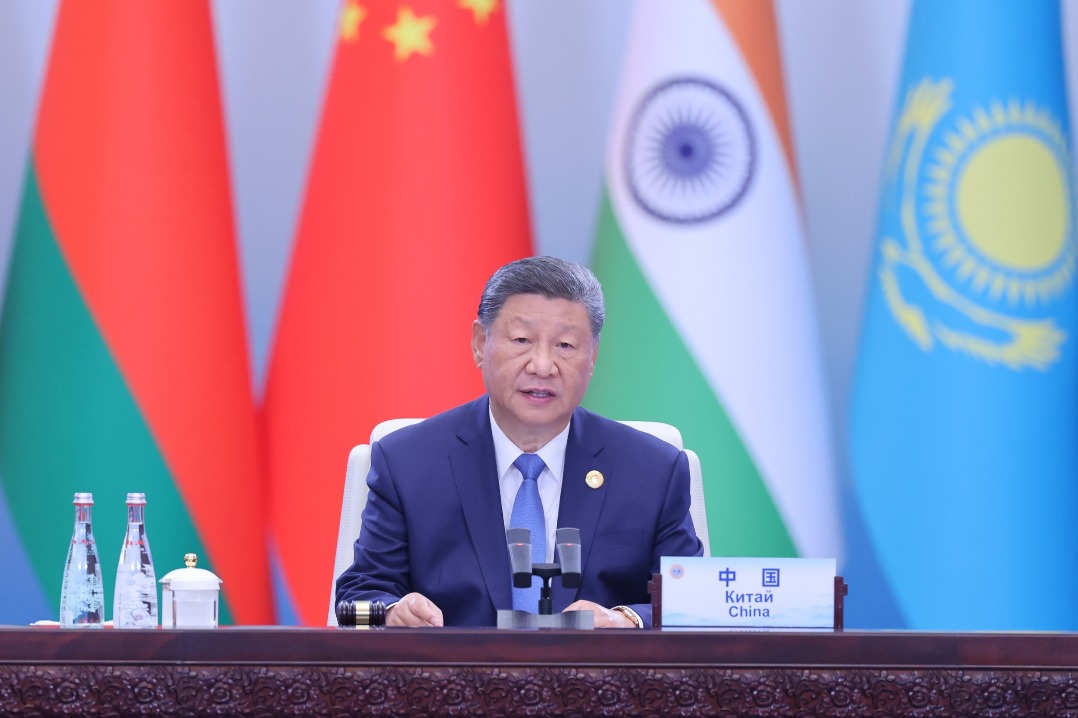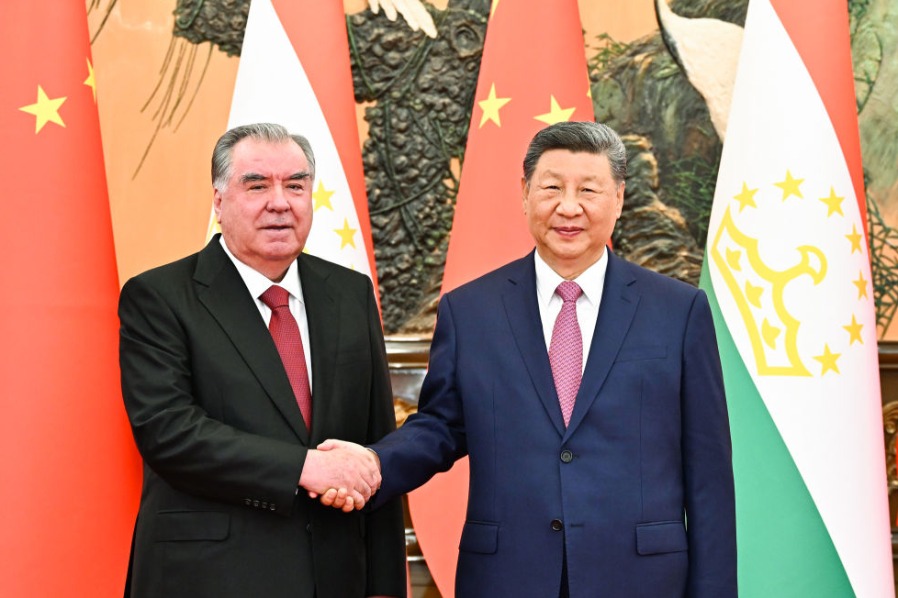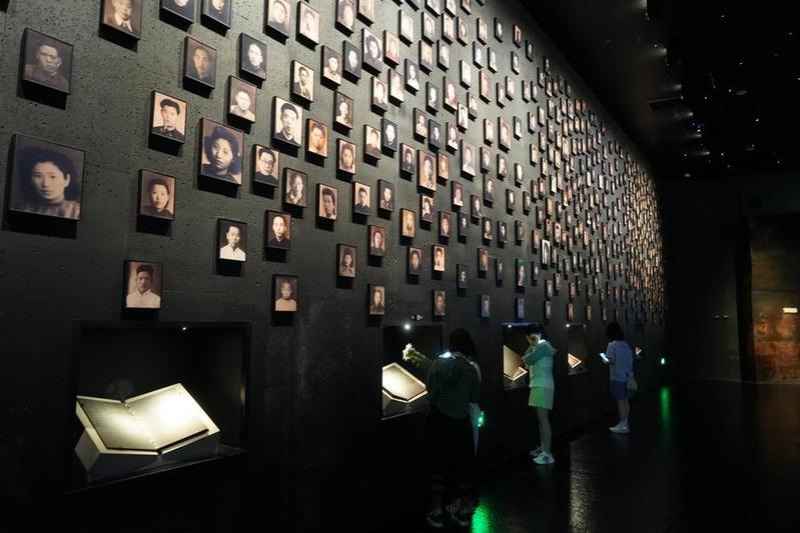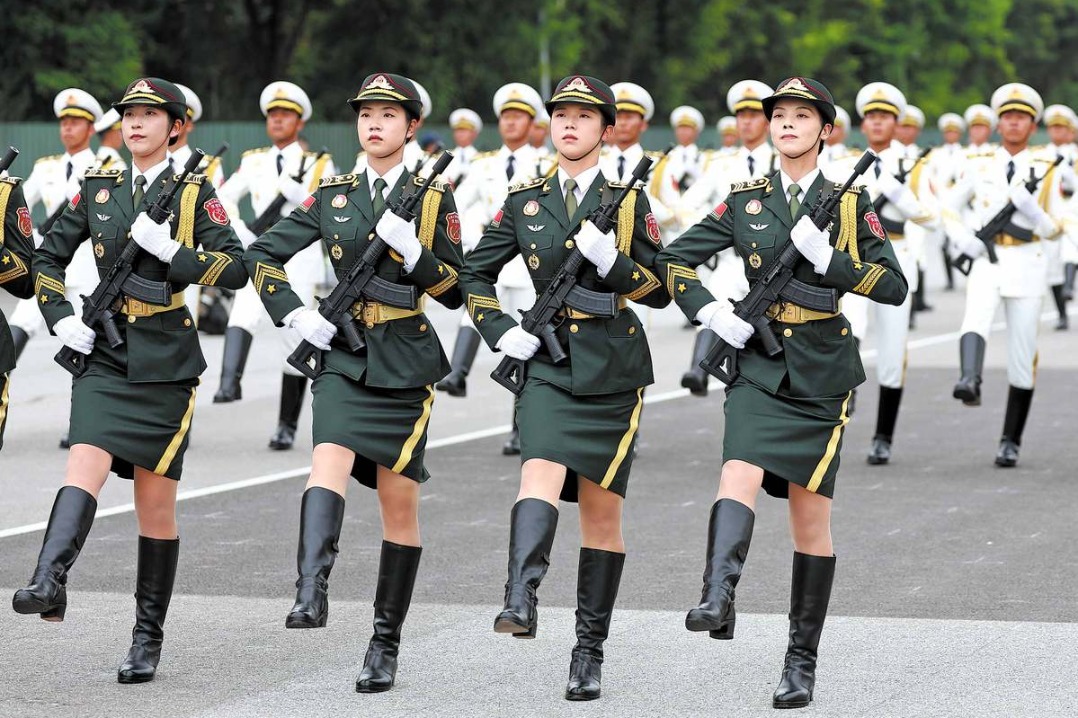Military parades reflect strategic transparency


China's Victory Day parade on Sept 3 will be a display of its military strength and a public declaration of its policies to promote peace and win-win cooperation, and realize common prosperity. Through major parades in recent years, China has displayed its institutional confidence in advancing military reforms, while signaling to the world its strategic resolve to uphold peace and maintain openness and transparency.
From the 2015 V-Day parade on the 70th anniversary of the victory in the Chinese People's War of Resistance Against Japanese Aggression (1931-45) and the World Anti-Fascist War, the 2017 military parade at the Zhurihe Training Base marking the 90th anniversary of the establishment of the People's Liberation Army, and the 2019 National Day parade commemorating the 70th anniversary of the founding of the People's Republic of China, to the Sept 3 V-Day parade, these solemn ceremonies have showcased China's defense capabilities and reaffirmed its commitment to peace and shared development.
From battlefield drills to the inclusion of peacekeeping troops, China's military parades reflect its military's modernization, and the effects of its reform and restructuring. The essence of change lies in shifting from traditional ceremonial arrangements toward joint formations adapted to real battlefield conditions.
The 2017 parade at the Zhurihe Training Base pioneered the division of formations into nine mixed operational clusters based on combat systems, such as the land combat cluster, information operations cluster, and the strategic strike cluster, reflecting the new pattern of "the Central Military Commission's overarching leadership role, the theater commands' responsibility for military operations and the services' focus on developing capabilities".
The 2019 National Day parade further consolidated this pattern. The joint leadership and command formation, comprising officers from the CMC and the five theater commands, highlighted a more efficient command structure. This change at the organizational level reflected China's institutional confidence in its strategy to strengthen the military through reforms.
Besides, the increasing localization of the equipment used in the parades epitomizes the rise of China's defense industry, driven by technological advancement of the military. At the 2019 National Day parade, 40 percent of the equipment was unveiled for the first time, including strategic heavyweight equipment such as the Dongfeng-41 intercontinental strategic nuclear missiles, the JL-2 nuclear-capable submarine-launched ballistic missiles, and the J-20 stealth fighter jets — all domestically developed and in active service at that time.
From foreign-made weaponry at the founding ceremony in 1949 to achieving full-chain independent development today, the Chinese military has transformed from a follower to a leader. And the comprehensive display of domestically produced weaponry at the parades highlights the maturity of China's combat capability-building model.
The strategic transparency demonstrated by China reflects its commitment to peace, underpinned by national strength.
China's military parades have always emphasized the importance of upholding peace. For instance, the 2015 V-Day parade broke new ground by inviting troops from 17 countries, reflecting China's efforts to uphold peace. And in 2019, the "blue berets" formation highlighted China's role as the largest contributor of troops to United Nations peacekeeping operations among the five permanent UN Security Council members.
However, contrary to some Western politicians' claims, China's military does not seek hegemony. China displays its national strength at the parades to deter hostile forces, not to launch a war. As an expert from the National Defense University said, "Military parades demonstrate China's commitment to peace, serving as a strategic safeguard to ensure its modernization path remains undisturbed by conflicts."
The display of strategic weapons, such as nuclear missiles, in the military parades reflects China's "transparent deterrence" policy. For example, the Dongfeng-41 is referred to as national defense heavyweight equipment of strategic deterrence. Similarly, the role of the PLA Rocket Force is defined as "a strategic support for China's status as a major big country and a cornerstone of national security".
This policy of proactive presentation, rather than giving evasive information, reduces the risk of miscalculation, while underscoring China's strategic communication, mature strategy and confidence. Internationally, military parades have expanded beyond ceremonial display to reinforce national identity and deepen civil-military integration.
Accordingly, at the 2017 Zhurihe parade, when the troops quickly moved from combat positions to parade formation, the Chinese people felt confident that China's military has the ability to fight and win.
Moreover, the inclusion of World War II veterans and the display of battle flags of heroic units made an increasing number of people aware of China's defense capability, reviving the national spirit of collective responsibility that every person should contribute to the national rejuvenation.
By demonstrating its military capability in operations such as peacekeeping, counterterrorism, and disaster relief, China provides global public goods that contrast with hegemonic practices.
The formation of "soldiers with integrated combat systems" reflects the transformation of China's special forces from individual operation specialists to coordinated group tacticians, mirroring the shift in multinational security cooperation. This also demonstrates China's military strength as a responsible major country.
China's military parades are not self-congratulatory displays of military might; they represent a rational expression of national confidence grounded in institutional strength, characterized by strategic transparency, and aimed at peaceful development. When strategic heavyweight equipment appears alongside the peacekeepers, the ultimate mission of the Chinese military becomes clear: to prevent conflict and safeguard peace.
The author is an associate professor at the National Defense University of the People's Liberation Army.
The views don't necessarily represent those of China Daily.
If you have a specific expertise, or would like to share your thought about our stories, then send us your writings at opinion@chinadaily.com.cn, and comment@chinadaily.com.cn.

















